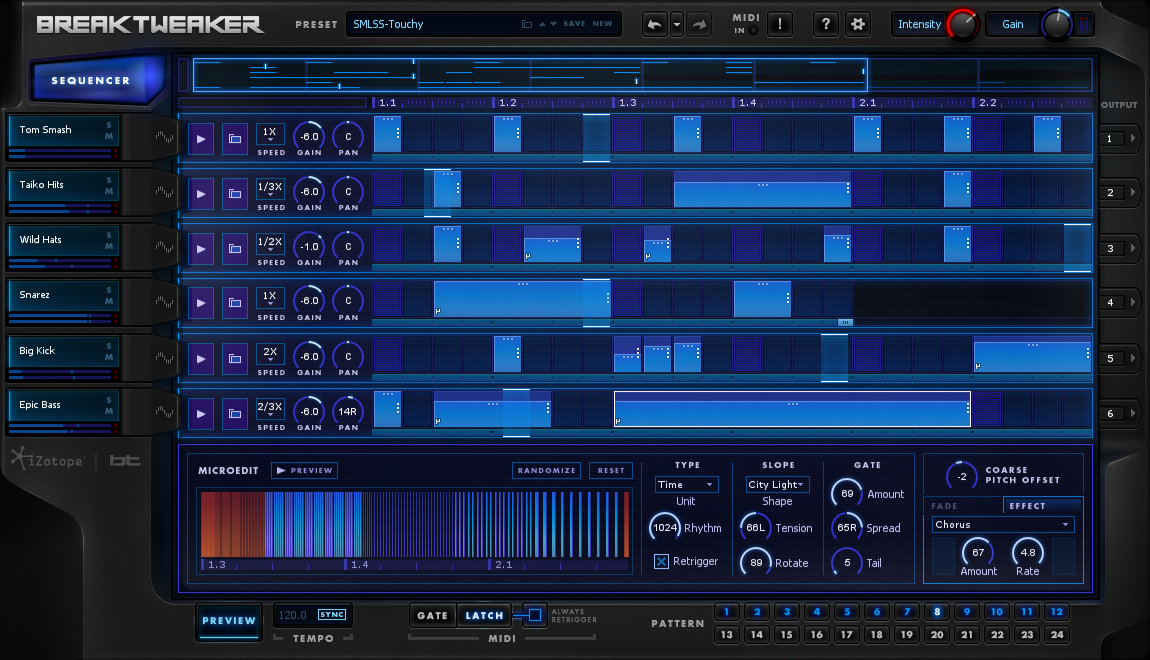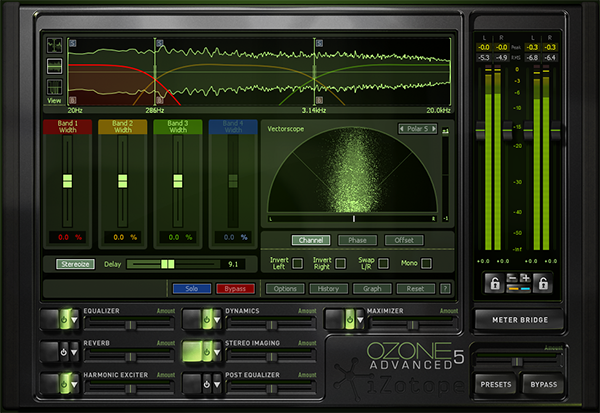

Coming soon: Ozone 7 Essential Mastering Tools Get An Upgrade Buy Ozone 6 or Upgrades to Ozone 6 and receive a free upgrade to Ozone 7. It’s never been faster or easier to produce a full, polished sound with the critically-acclaimed suite of mastering tools found in Ozone Advanced mus. 5 Essential Reverb Mixing Tips. Ozone 9 Neutron 3 Spire Studio. RX Post Production Suite 5 iZotope Producers Club Music Production Suite Pro. Ozone 5 Reverb & MS Processing - Part 3 - In this tutorial I introduce you to the Reverb Module in iZotope Ozone 5 along with.
Standalone Workflow:

Izotope Ozone 5 Reverb

Izotope O-zone 5 Advanced

Izotope O-zone 5 Serial Number
- Open the audio file in the RX Audio Editor or send it via RX Connect (or open De-reverb as an offline plug-in in your DAW or NLE).
- Open the De-reverb module [Shift + 8].
- Select 5–10 seconds of audio that begins with a direct sound and contains segments of both the direct sound and the reverberant tail (the sample audio file used above would be a perfect example).
- Click Learn inside the De-reverb. This will automatically detect a multiband reverb profile for the audio, as well as the length of the reverb tail.
- Now select the entire section of audio you wish to process.
- Click Preview to listen to the audio with De-reverb applied. The master reduction amount will still be set to the default value of 10.0, but this setting is likely too aggressive for this example. Reduce this to around 2.0 or 3.0. Any value above 0 will reduce the reverb tail, but any value below 0 will enhance the reverberant signal. You can also tailor the reduction amounts at certain frequencies using the multiband sliders.
- If you hear the reverb tail getting louder after the initial reduction, adjust the Tail length to accommodate the longer decay time. For this example in St. Paul’s Cathedral, we’ll use a Tail length of 2.9 seconds.
- Check the box marked Output reverb to listen only to the components of the sound that are being removed. Continue to tailor the settings to remove the desired amount of reverb without affecting too much of the voice. For this example, we’ll reduce the High frequency attenuation to 2.5 and the general Reduction slider to 2.5 as well.
- Choosing Enhance Dry Signal can help boost the direct signal while continuing to reduce the reverberant tail.
- Click Process to render.
- Repeat the steps above two or three times, relearning the reverb profile each time and processing with moderate reduction settings to tackle complex reverbs.